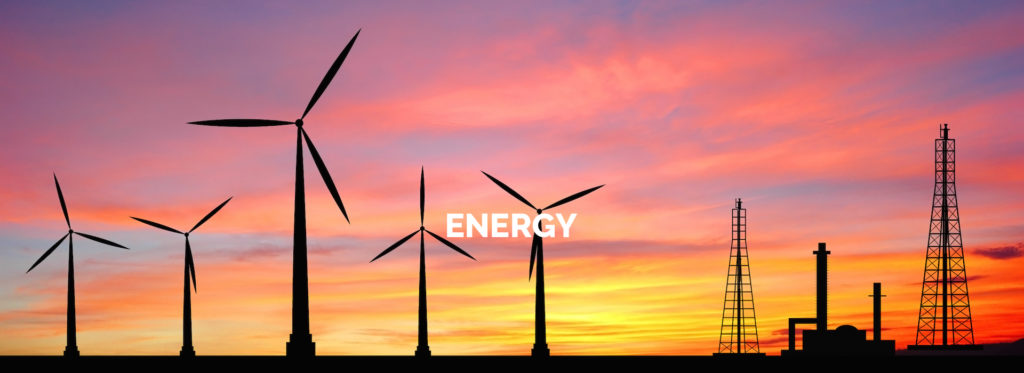In today’s talking points, New energy vehicles are the way to go, New Energy Vehicles Charge Through the Battery Barrier in China, and Australian Network Sector Criticises Government’s Cut of Allow Rate of Return.
New Energy Vehicles are The Way To Go
The Deputy Director of the Hong Kong Environment Bureau said on Wednesday that fossil fuel-powered vehicles will be phased out in the future. This is necessary because fossil fuel emissions are the main cause of air pollution in Hong Kong and the main source of greenhouse gases that contribute to global warming. The problem now is how we should promote the new energy vehicles.
The government once provided financial subsidies to owners who purchased electric vehicles and/or hybrid vehicles, but stopped this a year later. This is because many people choose not to replace fossil fuel vehicles with new energy vehicles. Instead, they kept and used both which not only defeated the goal of encouraging clean energy vehicles, but also increased the number of street cars. In addition, the lack of charging stations is another reason why most potential owners are hesitant to purchase electric vehicles, and the price is too high. The Hong Kong government needs to address this issue as soon as possible – either building more charging stations as part of infrastructure spending or requiring electric vehicle manufacturers to provide their customers with adequate charging stations.
On the other hand, Hong Kong has one of the best public transport systems in the world, especially buses of all sizes, covering all residential areas. However, these buses are mainly powered by internal combustion engines, which means they need to burn fossil fuels. Using electric buses as early as possible will greatly reduce the use of fossil energy, reduce air pollution, and contribute to environmental protection. In order to promote new energy vehicles, the government still needs to take many necessary measures and incentives.
Sources: HongKong Comment
New Energy Vehicles Charge Through the Battery Barrier in China
William Li, dubbed the Elon Musk of China, is attempting to tackle battery life issues with New Energy Vehicles (NEV). In the same vein as the use of power banks by mobile users, Li is attempting to introduce services to compliment battery life and driving range. These services would include battery swap stations and mobile charging systems in vans that will drive throughout the city.
During the company’s annual NIO Day held on December 15thof this year Li announced that by the end of the year they will have a “nationwide service network consisting of over 160 service outlets across China.” This number is set to increase further in 2019 to meet increasing demand. The stations allow for a quick charge, similar to the experience had in a traditional gas station.
There are also consumer fears surrounding safety during cold winters which quickly drain battery life, the frequency of needing replacement batteries, and an inability to recharge in busy Beijing traffic, which often experiences lengthy traffic jams. This has prompted collaboration by NIO with some Scandinavian battery researchers and companies to try to improve the technology. Developing battery systems that allow vehicles to drive for longer, that need infrequent replacement, and that have management systems that work smoothly means less waste which aligns with China’s current aims to reduce pollution through the promotion of NEV cars.
With enough government support in the form of policy and continued development in the technology, the future of NEV is bright.
Sources: Bringing China Closer
Australian Network Sector Criticises Government’s Cut of Allow Rate of Return
Australian network businesses have criticised the Australian Energy Rugulator (AER)’s announcement of the reducing the allowed rate of return on the past Monday. The reduction constitutes to the recent series of government’s plan for lowering household power bills.
The allowed rate of return, set by AER, determines the amount that electricity retailers and network customers pay to network businesses for directly or indirectly accessing the network infrastructures such as poles and wires. These infrastructures are owned by network businesses, and its revenue contributes to about 50% of the total network company revenue, according Sydney Morning Herald.
AER chairman Paula Conboy said the cut will reduce customers’ bill by $30 to $ 40 a year. However, Network lobby groups have described the cut as a “short-sighted decision” as it ignores market evidence and could eventually lead to “perverse results for customers”.
Source: Sydney Morning Herald


